Service hotline
+86 0755-23615795
Release date:2025-06-17Author source:KinghelmViews:1964
Antenna gain is a measure of an antenna's ability to concentrate input power for radiation. Its size has a significant impact on signal transmission in terms of transmission distance, signal strength, and interference resistance. The specific effects are as follows:
1) Transmission distance
High gain extends transmission distance: The higher the gain, the more the antenna concentrates the signal energy in a specific direction, allowing the signal to travel farther in that direction. For example, in long-range wireless communications, high-gain directional antennas can transmit signals over tens of kilometers or even farther. These are commonly used in communications between base stations and between base stations and remote terminal devices.
Low gain limits transmission distance: Low-gain antennas spread the signal energy, and the signal strength decays faster with distance, resulting in a shorter transmission range. For example, in indoor applications like wireless routers, if a low-gain omnidirectional antenna is used, the signal coverage may be limited to only a few tens of meters.
2) Signal strength and quality
High gain enhances signal strength: High-gain antennas can significantly increase the signal strength received at the receiver. In mobile communication, when the phone is in a weak signal area, a high-gain antenna can help better receive the base station signal, improving the number of signal bars displayed on the phone, enhancing call quality and data transmission speed.
Low gain weakens the signal: Low-gain antennas are unable to effectively collect and amplify the signal, leading to reduced signal strength and poorer signal quality. For example, in wireless surveillance devices using low-gain antennas, blurred images, lag, or even signal interruption may occur.
3) Interference resistance
High gain improves interference resistance: High-gain directional antennas concentrate the signal energy in a specific direction, making the main lobe stronger and the side lobes and back lobes relatively smaller. This reduces the impact of interference from other directions. In complex electromagnetic environments, such as urban wireless communication systems, high-gain directional antennas can accurately receive target signals while suppressing interference from other directions, thus enhancing communication reliability and stability.
Low gain is more susceptible to interference: Low-gain antennas, due to the dispersion of signal energy and lack of clear directionality, are more likely to pick up interference signals from multiple directions, leading to a degradation in signal quality. For example, in environments with multiple wireless signal sources, devices using low-gain omnidirectional antennas may experience frequent signal fluctuations and data transmission errors.
4) Coverage range and angle
High gain narrows coverage angle: For directional antennas, the higher the gain, the narrower the beamwidth, concentrating the signal in a smaller angular range. Although the signal strength and transmission distance increase in the main lobe direction, the coverage angle decreases. For example, high-gain parabolic antennas used in satellite communications have beamwidths of only a few degrees, covering a small area in a specific direction, but enabling long-distance, precise communication with the satellite.
Low gain increases coverage angle: Low-gain omnidirectional antennas, while having relatively weak signal strength in all directions, can provide 360-degree coverage, making them suitable for scenarios that require signal reception or transmission over a wide angle range. For example, in indoor wireless LANs, low-gain omnidirectional antennas can provide signal coverage for devices in all directions.
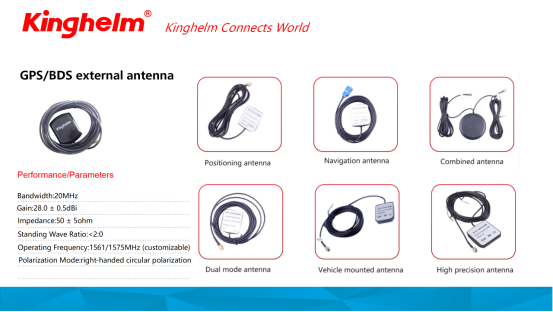
About Kinghelm
Kinghelm is a leading provider of high-quality electronic components,including RoHS-compliant antennas, wires, plug-ins, switches, and connectors. With over 17 years of experience, the company serves industries including automotive, telecommunications, industrial automation, medical devices, and consumer electronics. Kinghelm is known for its durable, reliable components that meet international standards and are used in applications ranging from renewable energy to IoT devices.
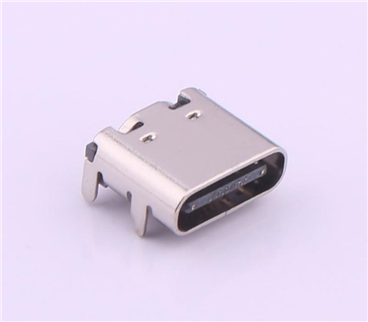

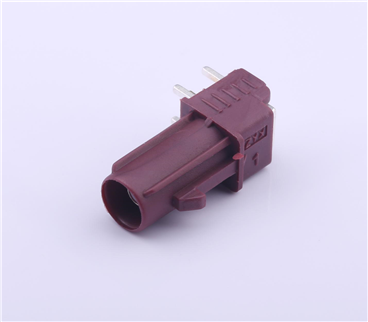
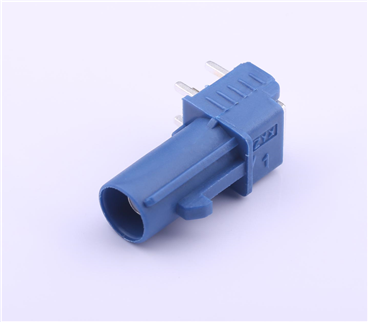
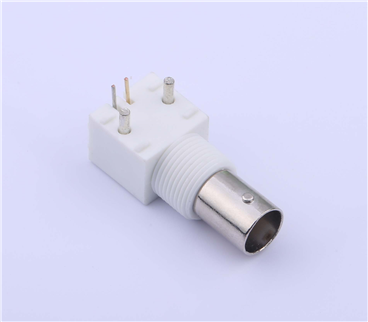
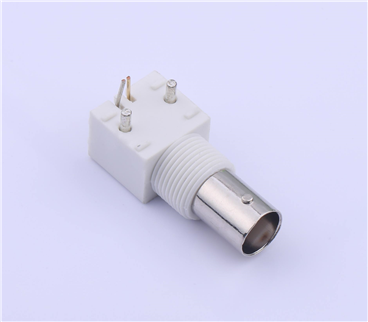
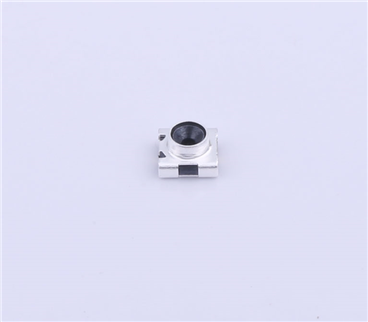
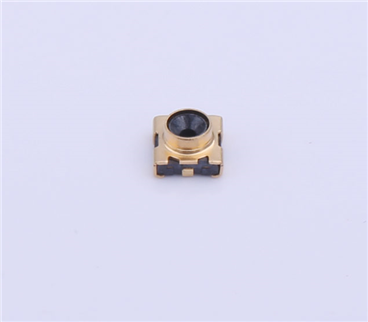
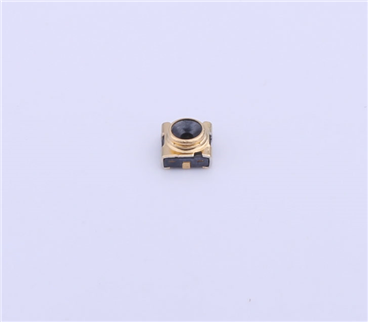
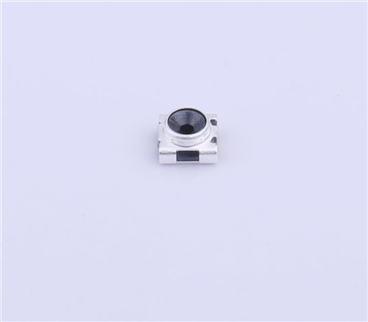
Copyright © Shenzhen Kinghelm Electronics Co., Ltd. all rights reservedYue ICP Bei No. 17113853